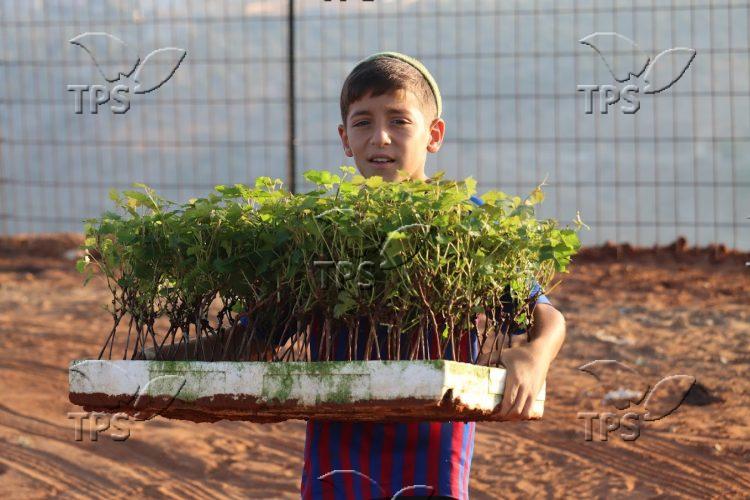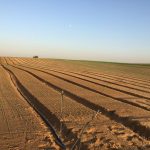Scientists Unlock Photosynthesis Secrets, Paving the Way for More Efficient, Resilient Crops
Jerusalem, 26 September, 2024 (TPS-IL) -- An Israeli study of photosynthesis in plants could open new avenues of innovation in agritech and the development of more efficient crops.
Photosynthesis is a biochemical process by which plants, algae, and certain bacteria convert light energy from the sun into chemical energy in the form of glucose, a type of sugar that can be used to fuel their activities. A key byproduct of this process is the release of oxygen from the plant. Between 50-80% of Earth’s oxygen is the result of photosynthesis. It is also responsible for sequestering carbon dioxide, providing the foundation for the planet’s food chain.
Scientists at the Weizmann Institute in Rehovot, led by Dr. Reinat Nevo under the guidance of Professor Ziv Reich, found that photosynthesis adapts to varying levels of sunlight by reorganizing the structure of its chloroplast membranes.
The process of photosynthesis occurs in the chloroplasts, organelles within plant cells that house specialized membranes. These membranes are crucial for facilitating the flow of electrons between proteins, a key aspect of converting solar radiation into usable chemical energy. Until recently, scientists believed that the spatial structure of these membranes posed a challenge to photosynthesis by forcing electrons to travel longer distances between proteins, thereby slowing down the process.
However, Nevo’s research team discovered that these membranes are not static. Instead, they shift their organization depending on the amount of available light. The study was recently published in the peer-reviewed Nature Plants journal.
Much like how human pupils dilate or constrict in response to light exposure, the membranes in chloroplasts change their alignment when moving between darkness and light. The study found that as plants transition from dark to light conditions, the chloroplast membranes adjust, bringing proteins closer together and shortening the distance that electrons must travel. This realignment helps the photosynthetic process operate more efficiently under different light intensities. The ability of chloroplast membranes to reorganize themselves ensures that plants can optimize energy use, regardless of fluctuating sunlight.
To uncover these findings, Nevo’s team used cutting-edge technology, including cryo-scanning electron microscopy and transmission electron microscopy, to observe chloroplast membranes in both light and darkness.
Contrary to previous assumptions, the study revealed that while the proteins themselves did not change position, the spatial arrangement of the membranes did. This shift in membrane alignment plays a vital role in regulating the distance between proteins, facilitating a faster and more efficient photosynthesis process.
One reason for this dynamic adjustment is to protect the plant. Under low-light conditions or during nighttime, photosynthesis is minimal. In these situations, the membranes distance themselves, isolating proteins and preventing them from being overstimulated by weak light, which could potentially damage them.
Building on this discovery, the research team conducted an experiment using genetically modified plants. In one group, the plants’ chloroplast membranes were locked in the “light mode,” keeping the proteins close together even in darkness. In another group, the membranes remained perpetually in “dark mode,” with proteins spaced further apart. The results were striking: plants with the locked light-mode configuration grew larger and exhibited higher rates of photosynthesis compared to those in dark mode.
These findings suggest a promising future for genetically engineered crops designed to optimize photosynthesis. By manipulating the spatial structure of chloroplast membranes, plants could potentially grow more efficiently under weaker or artificial light.
Genetically modifying plants to optimize photosynthesis could lead to higher yields, especially in regions with inconsistent sunlight, poor soil, or challenging climates.
It also raises new possibilities for indoor and vertical farming in urban areas, while reducing the amount of energy required to grow food in controlled environements like greenhouses.







